Anyone can make a movie?
?
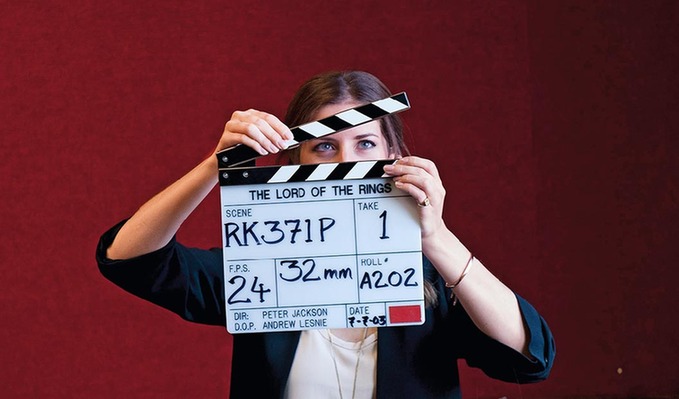
The slate used in the filming of The Lord of the Rings.
?
Text/"Global" magazine reporter Liu Juanjuan Le Yanna Zhang Haixin Ma Qionglin Yao
Editor/Hu Yanfen
Facing the wave of changes brought by Generative Artificial Intelligence (AIGC), the film and television industry is considered to be the first to be affected. How do film and television practitioners view the future of the industry under the influence of AIGC?
Technological innovation brings production popularization.
Global magazine: When Sora and other text-generated video models are open to ordinary people, is it possible for everyone to start writing scripts and complete their own movies?
Huang Xufeng:Since Sora came out, movies have only been a matter of length. The birth of any new technology may bring about some great changes. After the emergence of smart phones, everyone can shoot videos. And the fact that everyone can make movies may come true in three to five years, maybe even faster, I’m not sure. Because as long as you have this will, you may take the initiative to use the text generation video tool to create a movie you want.
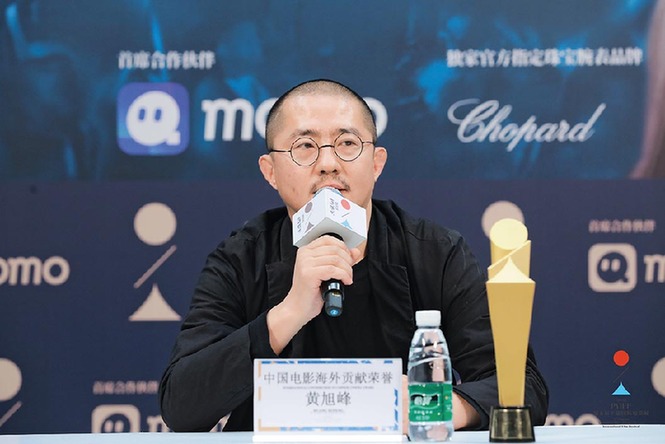
Huang Xufeng at Pingyao International Film Exhibition
Zhang eats fish:Film is one of the most complex artistic expressions of human beings, and it is an industrial product of teamwork, so it is not easy to make a big film. For example, the sound part of a movie alone needs complicated processing flow, which can not be solved by AIGC technology at present. So I think that in the future, with the help of artificial intelligence such as Sora, people can shoot online movies for one or two hours, or short plays with good quality, but it is unlikely to complete the production of cinema movies.
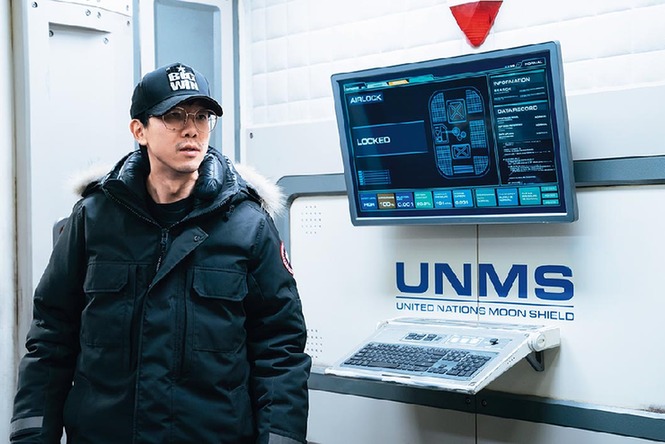
Zhang Chiyu is at the shooting scene.
I think it will be a very interesting scene if AI can generate its own movies and compete with movies made by humans. By then, films made entirely by human beings will become scarcer and more exciting.
In fact, as far as the current situation is concerned, the gap between AIGC and human works is still very obvious. For example, in the current film shooting process, mechanical rocker arm and manual moving lens are used to shoot at the same speed and manner from the same angle, and the texture obtained by manual and machine is different. In different movie scenes, sometimes a sense of machine is needed, and sometimes an artificial texture is needed. They are not mutually substitutive. Like shooting realistic movies, if AIGC technology is used extensively, it will destroy the sense of reality; If it is a science fiction movie, it needs a lot of special effects generated by AIGC.
When I was filming Moon Man, it took me half a year to build the Moon Shield Base. Although the current AI may be able to automatically generate a base, their texture is very different, and the feeling of shooting is also very different. For the time being, AI cannot replace the traditional production method.
Global magazine: Traditionally, the film and television industry is dominated by a few large film companies. With the popularity of AI technology, are more individuals and small teams more likely to produce high-quality film and television works?
Yao Jinli:It’s possible, just like the works of Guo Man produced by many small teams emerged in previous years. Many excellent animated films, such as The Adventures of Li Xianji, were completed by small teams or even single people. For the creator, artificial intelligence is a tool like a brush, and whether or not to create high-quality works depends entirely on the creator himself. Moreover, if the cost of video-generated AI such as Sora can be greatly reduced, it will be more likely for small teams to produce high-quality film and television works.
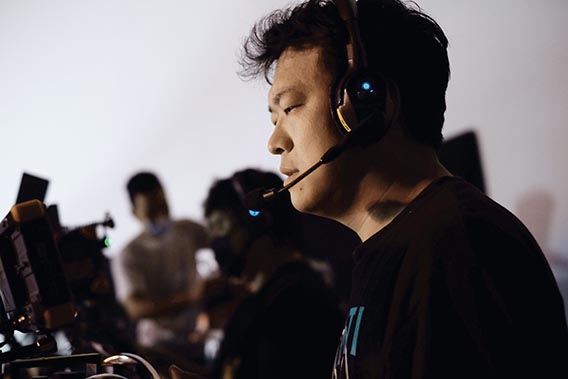
Yao Jinli is at the shooting scene.
Haoge:It does provide this possibility, and AIGC can help these creators complete some trivial work more efficiently, saving time and cost. For example, artificial intelligence generates virtual scenes, characters and special effects, or carries out automatic editing and post-production.
However, to produce high-quality film and television works, not only technology is needed, but also many other aspects of support, such as excellent scripts, excellent directors and actors, professional production teams and so on. In addition, the market competition is fierce now, and it is not easy to attract the audience and achieve success.
However, the development of AIGC undoubtedly brings more opportunities and challenges to the film and television industry, which makes film and television production more popular and gives more talented and creative people the opportunity to show their works. At the same time, it may also encourage traditional film companies to innovate and enhance their competitiveness to cope with the new market environment.
Using human "soft skills" against AI
Global magazine: Will artificial intelligence make the film and television industry a more competitive industry? Are you worried about the future of the industry and being replaced?
Haoge:I think artificial intelligence may make the film and television industry more diversified and provide opportunities for more creators to show their stories and ideas in new ways and styles. At the same time, artificial intelligence may also bring more innovations and experiments to promote the development of the film and television industry. Of course, with the popularization of technology and more people entering this industry, the market may become more crowded. But competition can also stimulate creativity and improve the quality of works, forcing practitioners to constantly improve their skills and creativity.
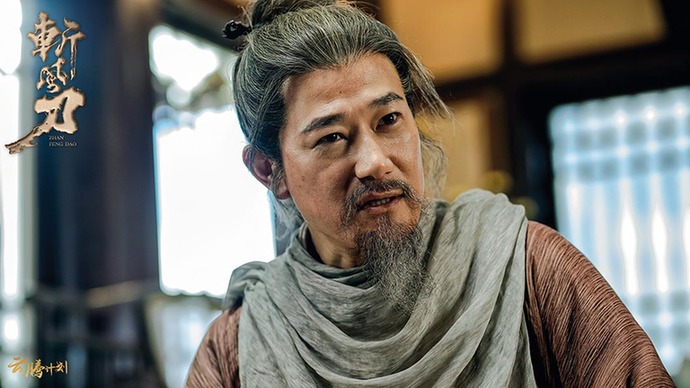
Hao Ge’s Stills of "Wind Cutting Knife"
I am not very worried about the future of the industry, because the development of technology will always bring changes and opportunities, and the film and television industry has always had strong adaptability. As practitioners, we should pay more attention to and actively respond to possible problems and ensure the diversity and quality of content.
Yao Jinli:I have completely watched the short videos released by Sora for the first time, and I have also read the text descriptions of each video. Judging from the completion of a single lens or a single group of lenses, the effect is undoubtedly very shocking. Although there are great problems in the perspective, model details and behavior logic of some shots, they are not hidden. Judging from the authenticity of the picture, the degree of color reproduction, the fineness and fluency of the picture material, Sora’s completion is amazing. Moreover, the video released at present basically restores the lens movement in most film and television shooting, and the effect is very good.
The only drawback is that the current video camera movements are relatively smooth and slow, and there are no fast, dynamic and intense shots. Perhaps Sora’s current computing power has not been reached, or there may be problems with the input text description, and no professional film and television practitioners have been asked to make a more detailed and specific description. For example, some text descriptions use professional film and television words such as "close up", "cinematic", "35mm film" and "depth of field", but there is obviously a lack of more specific descriptions.
As for whether you will be worried about being replaced, it depends on how much room for improvement Sora has. When advertising still life, the "accuracy" of the appearance of the object is a very important standard. Judging from the video capability of Sora currently known, the "accuracy" of the restored product is obviously far from enough. In the future, whether Sora can improve these abilities will determine whether the trade union will eventually be replaced.
Luo Wei:In recent years, the new products in AIGC field have emerged one after another, and their functions have become increasingly powerful, which has brought a lot of survival crisis to practitioners in many industries. The New York Times recently published an article entitled "When your technical skills are eclipsed, your characteristics as a human being will be more important than ever". The authors anish Raman and Maria Flynn pointed out that although AI is threatening, people should not be too anxious about it. On the contrary, the development of AI will highlight people’s unique value. So, what are the advantages of human beings compared with AI? What skills are particularly important?
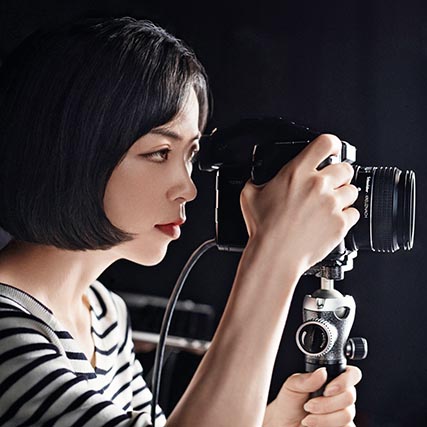
Luo xian’s work photo
The article pointed out that technical skills and data skills have been highly sought after for decades, but now it seems to be one of the most vulnerable skills to AI progress. The interpersonal skills that we have long underestimated as "soft skills" are likely to be the most lasting. This is a hopeful sign that AI may create a working world that relies more on "human ability" than less.
Minosh shafiq, president of Columbia University, once said, "In the past, work was related to muscles. Now they are related to the brain, but in the future, they will be related to the mind. "
Knowledge method is the focus of artificial intelligence, and good film and television creation needs human consciousness, perception and the connection between hearts. The really good art is the art with soul. The photographer’s new connection with the world and his own perception are the sharp weapons that can resist AI at present.
In 2023, there were two important exhibitions about AI in China, namely "Emergence AI Image Exhibition" curated by Ye Wenming and "Out of Nothing: AI Image Art Award Exhibition" curated by Luo Dawei. Ye Mingwen selected a series of works by six AI creators as the main exhibition, and invited 108 photographers from all over the country to participate in the generation of "My First AI Image" as a parallel exhibition.
Ye Mingwen concluded, "Photography is a noble manual work. News, documentary and scenery will not be affected by AI at all. Photography requires you to take a camera to observe, occupy a position, choose a picture and walk far away. AI belongs to imagination and intelligent interaction, mainly brain development, which is essentially different from photography that is put into reality. The existence of AI has set off the preciousness of’ photographic behavior’ and promoted the transformation of photography itself. "
The exhibition curated by Luo Dawei explores the intersection of contemporary art and artificial intelligence, and how this intersection redefines the boundaries of creative expression. This exhibition is not only an exploration of the art of AI generation, but also an opportunity to peek at the unique cooperation between artificial intelligence and artists. The audience is thinking: Are the displayed works just the products of big data and algorithms, or do they carry deeper thoughts and emotions? Is it a redefinition of artistic creation, or is it just an extension of the creative process?
The film and television elitism is being dissolved.
"Global" magazine: When AI technology broke out and superimposed video creation on social media, how do traditional film and television people view the relationship between film and television and the times?
Luo Wei:With the birth of Sora, we are moving towards a new unknown in the AI ? ? era. These changes can be traced back to the social media era. Various social media applications in smartphones have become our daily tools. There is a large amount of image information spread behind various social activities. In this era of image explosion, photography has become a new daily expression and writing, and images are extremely powerful and unforgettable. In this subtle process, our photography behavior is forming new habits.
AI brings a brand-new stage of image generation, viewers have more choices, the way people watch is changing, the group world is being dissolved by technology, and a new world is emerging. In this new world, individuals have more and more energy and your friends become stars. Through the internet, everyone can become a photographer and a film and television person. No one knows what will happen in the future, but we see that many visual artists at home and abroad have responded to this question in their own ways: how to create in the era of social media?
Taking photography as an example, it has reached a very classical era. The daily photography leads to the disappearance of elite photography as a visual art creation, or at least it is undergoing profound changes. So in this context, photographers need to reflect on the meaning of the original industry and work. AI forces us to rethink our relationship with the times, photography with the times, and photography with us.
We still don’t know what impact this change will bring, but one thing is certain, the times are constantly evolving, and the new photography in the AI ? ? era must not be a photo on the wall in the traditional sense, but it may be a device, a video, a performance art and so on. Photography can be a variety of media and materials, and its appearance is no longer single, but its internal logic is still about photography itself. Is photography over? In the article "Photography Crisis and Challenge in the Age of Social Media", Cai Meng, a professor at the Central Academy of Fine Arts, pointed out: "You must accept the reality that photography that may be activated is no longer the original appearance. It is no longer photography in the physical and virtual sense, but has become an abstract photography thinking and concept, or a certain soul and spirit."
Maybe one day in the future, as action art marina abramovic said, we will live in a world without any art. There will be no entity in that world, and human beings will be in a highly conscious level. Under such a strong mental state, we can transmit our ideas to others without using entities as a medium.
